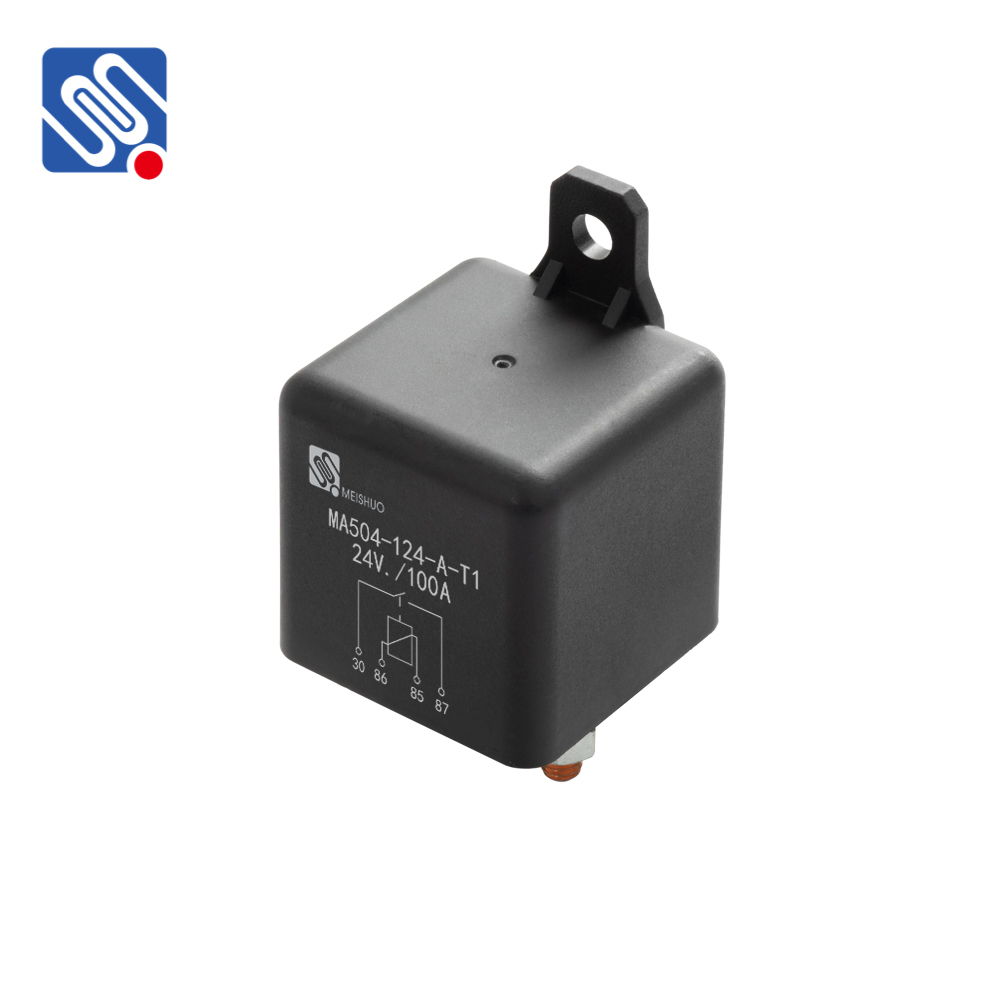A 12V 100A relay is a high-power electronic component that plays a pivotal role in various electrical applications where low-voltage control is required to manage high-current circuits. These relays are essential in sectors such as automotive, industrial equipment, power distribution systems, and electric vehicles, where reliable and efficient switching of heavy electrical loads is critical. In this article, we will delve into the working principles, features, applications, and key considerations of the 12V 100A relay.

What is a 12V 100A Relay? A 12V 100A relay is an electromagnetic switch that uses a 12-volt DC signal to control electrical circuits with much higher currents, up to 100 amps. The relay is typically used to switch large electrical loads on and off, using the relatively low-voltage control circuit, such as in automotive or battery-powered systems. This type of relay contains a coil, which, when energized by the 12V signal, generates a magnetic field that attracts a switch to connect or disconnect the high-power circuit. How Does a 12V 100A Relay Work? The basic mechanism behind a 12V 100A relay is simple yet highly efficient. The relay consists of three main parts: the coil (electromagnet), the switch (contacts), and the load (controlled circuit). When a voltage (12V DC) is applied to the coil, it creates a magnetic field. This magnetic field causes a metal armature to move, either closing or opening the contacts depending on the design of the relay. In doing so, it completes or interrupts the circuit in the high-power system.